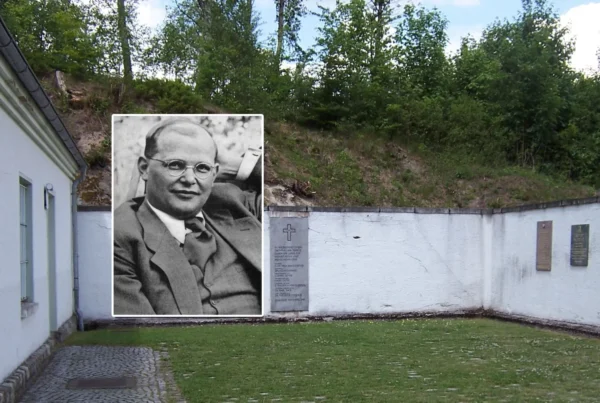The launch of the European Platform on Combatting Homelessness provides an opportunity for the EU to eradicate homelessness. Housing First is an approach which has worked in Finland and could be rolled out elsewhere.
David Bagshaw, 21 May 2022
As part of the Portuguese Presidency of the European Council in 2021, the European Union launched the European Platform on Combatting Homelessness. The Platform brings together Member States, the EU institutions and civil society to “work together towards the ending of homelessness by 2030, by promoting policies based on a person-centered, housing-led and integrated approach.” This action ensures that the EU delivers the European Pillar of Social Rights, a set of 20 principles that were agreed in 2017 to make Europe “fairer, more inclusive and full of opportunity.” Pillar 19 covers homelessness stating: “Access to social housing or housing assistance of good quality shall be provided for those in need. Vulnerable people have the right to appropriate assistance and protection against forced eviction. Adequate shelter and services shall be provided to the homeless in order to promote their social inclusion.”
One initiative to tackle homelessness using this person-centered, housing-led approach has been particularly successful. First pioneered in New York in the early 1990s, the Housing First initiative to tackle homelessness, particularly among vulnerable people, has since spread around the world. It is based on the principle that housing should be a starting point rather than an end goal in helping to end homelessness. More traditional methods of tackling homelessness involve getting people “housing-ready” before they are able to be rehoused. This traditional approach typically might require drug users or alcoholics to be sober before they are able to be rehoused. Housing First takes the opposite view. In particular, it is aimed at homeless who have high support needs and are at risk of being long-term homeless otherwise. This includes drug users who need rehabilitation and people with long-term physical or mental health problems among other things.
Finland has been particularly successful in using the Housing First idea to tackle its homelessness. The Finnish government introduced the Housing First approach in 2007. Statistics show that at the end of the 1980s there were around 19,000 homeless people in the country. In 2019, the comparable figure was 4,500, with less than 1,000 of those counting as long-term homeless (people who have been homeless for more than a year or who have repeatedly been homeless over a three-year period). In addition, rough sleeping has almost entirely been eradicated, with only one emergency shelter now operating in the capital Helsinki.
As of 2022, the Finnish Government aims to eradicate homelessness by 2027. Their government program states: “We will halve homelessness during the government term and eradicate homelessness within two government terms, in other words, by 2027. We will continue to operate according to the ‘Housing First’ principle, which has proved to be effective.”
The Finnish model does not just involve giving the homeless a home, they are also supported with job applications and taught skills such as cleaning and cookery. Of course, having such a support system in place is expensive. Finland has spent around €250 million on housing and hiring support staff. However, they also estimate that the Housing First Scheme saves on average around €15 000 per person per year from social services and emergency healthcare for every homeless person who is in supported housing.
Even before the EU’s initiative to tackle homelessness was announced, other countries were looking to follow Finland’s lead in using the Housing First method. All three projects that won the EU’s Ending Homelessness Award in 2021 utilize Housing First as a part of their strategy. These projects from Czech Republic, Italy and Portugal have all benefited from EU funding and should be used as an example for how the EU’s new Platform might fund projects that make a difference on the ground. Several cities in Germany have also conducted successful projects using Housing First. Dusseldorf’s FiftyFifty project has been successful enough to receive the financial backing of the City Council, and researchers from the Alice Salomon University of Applied Sciences Berlin are monitoring pilot projects in Berlin and Hanover with the aim of rolling out Housing First across both those cities.
The Netherlands has also been successful at piloting Housing First in several municipalities over the past decade. These pilots have been successful at reducing the number of long-term homeless and those with complex needs, however nationally the number of homeless is still growing. From the evidence of these pilots, there is now a recognition that Housing First should be the leading approach across the whole country. The question is whether the Dutch government is willing to commit the necessary resources for this. Finland’s example shows that a large capital investment is needed to have enough social housing so that long-term reduction of homelessness numbers is successful.
While the EU’s ambition to eradicate homelessness should be lauded, delivery of this program will undoubtedly be difficult. Local authorities are often the ones who provide social housing, so EU and national authorities need to provide strategic guidance on how they can cooperate and ensure that there is a joined-up response and that the right areas are being funded. Additionally, the influx of refugees from the war in Ukraine will strain local services even more. The Housing First approach of providing unconditional housing and constructing a support system around it costs money upfront but will save money in the long run and should therefore be prioritized. In addition, it puts the health and wellbeing of the most vulnerable first and ensures that they have the best possible support, ultimately allowing them to regain their lives through providing housing.







